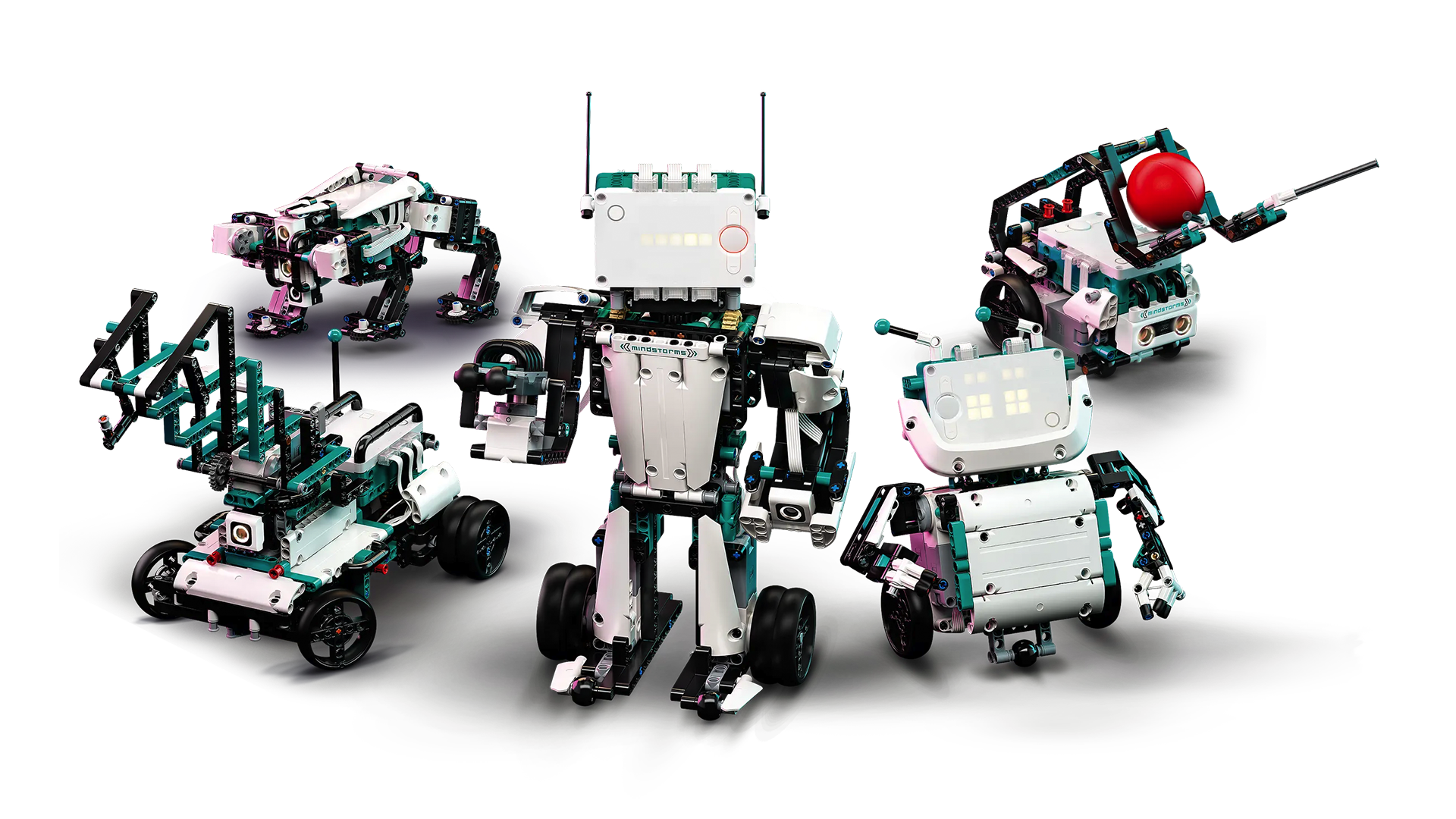AI is shaping the legal landscape; changing how courtrooms function. This comes with both challenges and advantages for the legal system across the world. As AI advances, courts use it in various parts of a legal process. This includes how lawsuits are handled and decided. However, its use in law also raises huge legal and ethical concerns.
The legal world is already overwhelmed with legal and ethical issues even as AI law is still at its toddler stage. It is clear that AI is not just for the future. It’s already here and all industries have cordially accepted it.
But who’s responsible for the harm or errors caused by Artificial Intelligence systems? This article explores the AI world to provide more details regarding this question, so read on for more details.
AI Decision-Making Legal Implications
Several liability types may apply to Artificial Intelligence decision-making, which include:
- Tort Liability: One of the civil liabilities, tort liability, originates from an omission or a wrongful act that leads to injury or harm to another party. An AI system misdiagnosing a patient in a medical facility can be an excellent example. In such a case, the affected parties may establish a medical malpractice claim
- Strict Liability: This liability type imposes responsibility for injury caused by a product. It doesn’t matter whether the manufacturer was careless. Tesla faced a lawsuit over an accident. It involved its Model S and a truck in 2016, an incident that claimed the life of the truck driver. It was claimed that the automobile company should be held liable. The argument was that its product failed to detect the truck, causing the accident. This is an example of a strict liability
- Regulatory Liability: This type of liability occurs when an Artificial Intelligence system violates regulations or laws governing its use, such as data protection or privacy laws
- Criminal Liability: If an Artificial Intelligence system commits a crime like identity theft or fraud, criminal liability may apply. The case of a Wisconsin defendant and the COMPAS algorithm was an excellent example. A Wisconsin defendant argued that the algorithm was unfair, especially against black respondents. The case raised many questions concerning the use of this technology in the legal and criminal justice system
More from Tech
- Top 10 Signs You’re Addicted to Scrolling
- Is Artificial Intelligence Making Us Addicted To Our Phones?
- Top 10 Mental Health Wearables and Gadgets
- How Tech Revolutionised The Business Of Betting
- VoIP and Healthcare: What You Need To Know
- The Impact of Emerging Technologies in Schools and Universities
- 5 Steps To Enjoying A Digital Detox
- How Mobile Phones Keep You Hooked
Who is Held Liable In Case of Harm or Error?
Several parties may be involved in the AI system’s development and deployment, making it difficult to determine who should be answerable. In case errors or harm occur as a result of using AI systems the liability may depend on:
- The level of control over the AI system
- The degree of involvement in the decision-making process
- The extent of any recklessness or negligence on the part of all parties involved
The process of assigning a liability needs careful consideration of several implications. These implications are social, ethical, and legal. Several parties could be held liable for resulting errors or harm, which include:
- Designers and developers
- Manufacturers
- Operators
- Users
- The AI system itself
Manufacturers and developers are, in most cases, considered the main parties responsible. They have the primary duty to ensure that the AI system is reliable and safe. They also need to develop their systems knowing that they may be held liable if they lead to any harm.
This harm may result from a manufacturing defect or plan flaw. Given the complexity of these technologies and the involvement of multiple parties, it may be difficult to know who’s legally responsible. In most cases, these are the parties held liable,
- Hardware manufacturers
- Data providers
- Software developers
Degree of management and control over the system and the level of involvement in the decision-making process are the primary factors that determine who is answerable.
—The content in this article should not be treated as legal advice. All articles are purely informational—
The post Liability in AI: Who is Responsible When Things Go Wrong? appeared first on TechRound.



